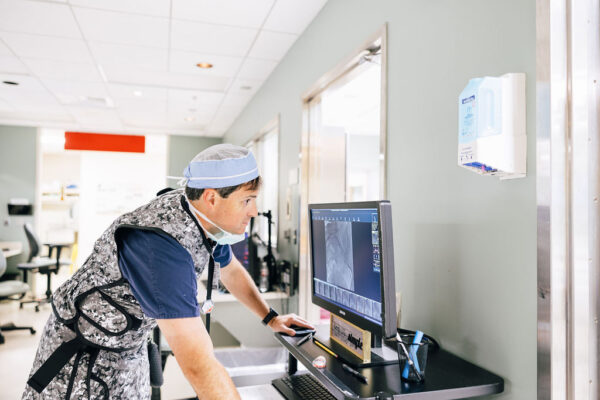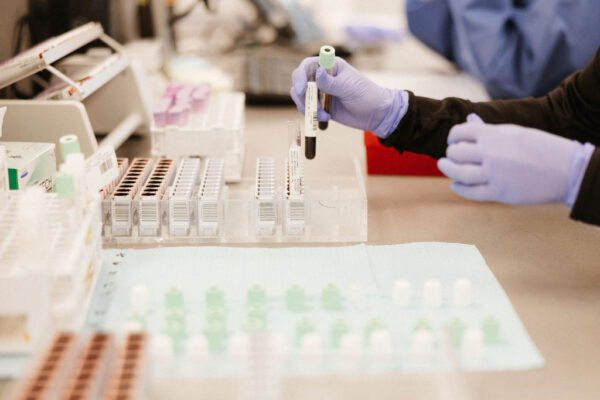Risk Factors Associated with Carotid Artery Disease
Some people are considered to have a higher risk of developing CAD than others. Unsurprisingly, many of these factors are the same as those that contribute to other forms of cardiovascular disease as well. They include:
- Smoking
- Family history of cardiovascular disease
- High cholesterol
- Diabetes
- Obesity
- High blood pressure (hypertension)
- Sleep apnea
- Lack of physical fitness
How is CAD Treated?
Mild to Moderate CAD
If CAD is diagnosed but believed to be mild to moderate in nature, more conservative treatment methods may be used to prevent worsening of the condition.
These can include quitting smoking, losing weight, eating a heart healthy diet, and exercising regularly.
Additionally, a drug regimen of blood thinners or Aspirin may be prescribed. Follow-up care to monitor CAD will also be an imperative part of treatment.
Severe CAD
For more severe cases of CAD or for those in which a TIA has already occurred, more aggressive treatment methods will be employed. Common procedures to address CAD include:
- Carotid Endarterectomy – During the procedure, the surgeon makes an incision at the site of the carotid artery. The plaque buildup is removed and the vessel is stitched closed. This is the most commonly used treatment for CAD and has been proven very effective in treating both symptomatic and asymptomatic cases in which the blockage is at least 50 percent.
- Carotid Angioplasty and Stenting – This minimally-invasive option involves the use of a balloon catheter and a special type of filter called an embolic protection device. As the balloon is inflated to widen the artery, the filter captures any part of the blockage that may break away. Then, a mesh stent is placed in the widened artery and left to support it and keep it open.
- Transcarotid Artery Revascularization (TCAR)- This minimally-invasive procedure is designed to treat carotid artery disease while minimizing the risk of stroke. Unlike traditional carotid endarterectomy, which requires a larger incision, TCAR involves a smaller incision just above the clavicle. During the procedure, blood flow is temporarily redirected away from the brain to prevent debris from causing harm. A stent is then placed in the carotid artery to stabilize plaque and reduce the risk of future strokes. With a 50% lower stroke risk compared to stenting through the groin, TCAR offers a quicker recovery, less pain and smaller scars.




